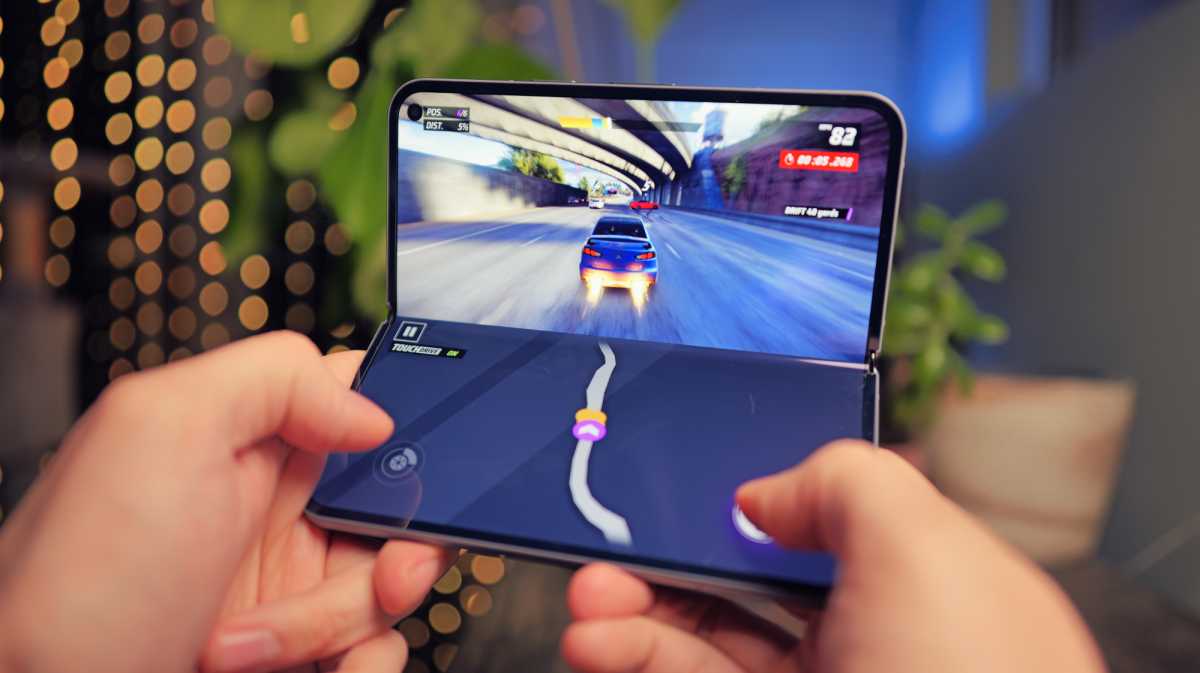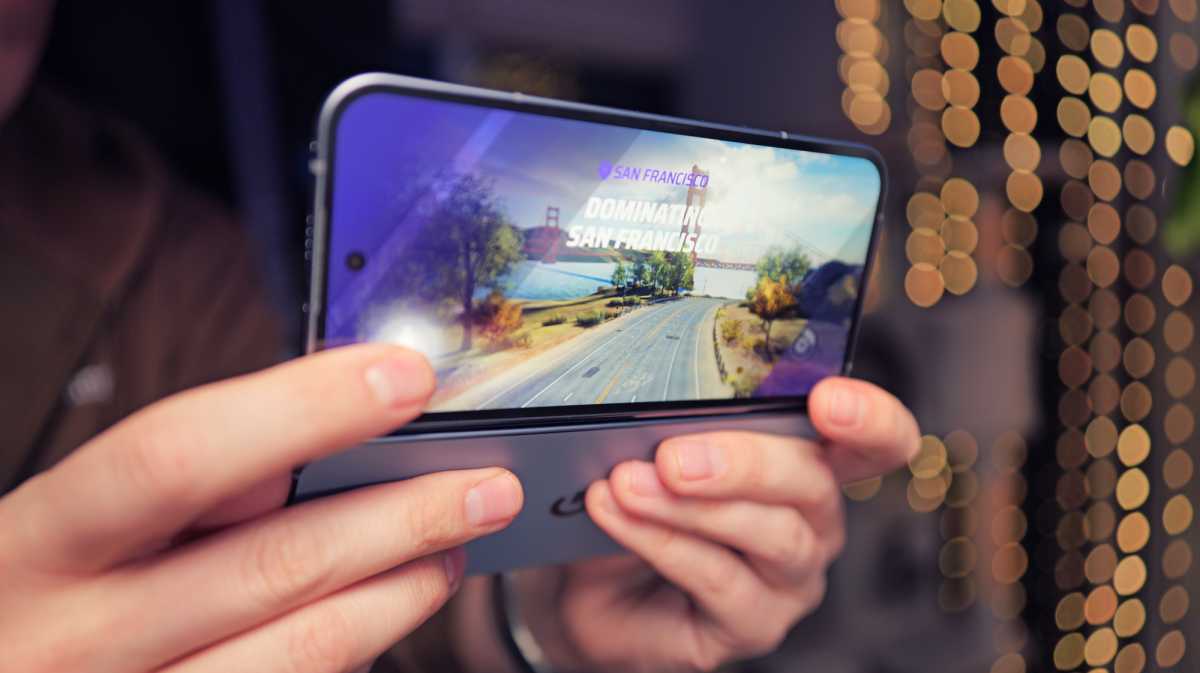At a glance
Expert’s Rating
Pros
- The first IP68-rated foldable
- Bigger battery
- Brighter screens
- Pixelsnap magnets built in
- Decent performance
Cons
- Not as quick as Snapdragon-powered rivals
- Cameras could use an upgrade
- Relatively chunky
Our Verdict
The Pixel 10 Pro Fold brings with it some nice upgrades over its predecessor, including an IP68 rating, a bigger battery, brighter screens, a performance uplift and Pixelsnap magnets. It’s a good phone overall, but compared to the competition, especially the Galaxy Z Fold 7, the Pixel just feels a little outdated.
Price When Reviewed
This value will show the geolocated pricing text for product undefined
Best Pricing Today
Best Prices Today: Google Pixel 10 Pro Fold
$1,799
Last year’s Pixel 9 Pro Fold brought with it some massive changes, but with the launch of the Pixel 10 Pro Fold, Google is sticking to its tried and tested design. At a glance, you might struggle to tell the two phones apart, aside from the fetching new colour options.
However, looks can be deceiving, and the latest foldable Pixel has some significant changes beneath the surface. Like the rest of the Pixel 10 lineup, it gets the Pixelsnap magnet treatment, Tensor G5 chipset, and some new software features. It also sports a bigger battery, faster charging, better durability and brighter screens.
It must be said, though, that the Pixel 10 Pro Fold is launching in a very different landscape from last year’s model. Samsung wowed us with its ultra-thin and massively upgraded Galaxy Z Fold 7, while Honor’s Magic V5 also made a big impact. Does the Pixel do enough to compete? Let’s dive in.
Design & Build
- Aluminium frame, glass back
- 258g, Gorilla Glass Victus 2
- IP68 rated
As mentioned in the introduction, the Pixel 10 Pro Fold looks extremely similar to its predecessor. It’s basically the same shape, the cameras are in the same place, and the materials aren’t too dissimilar. It’s only really the colour options that give it away.
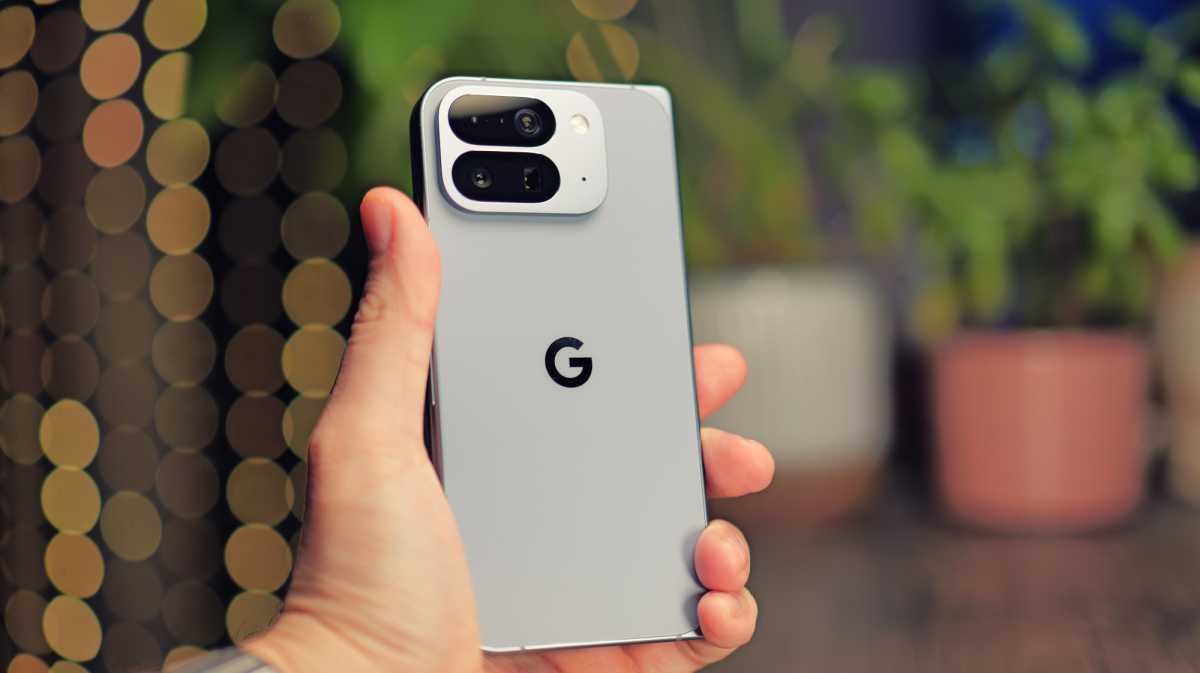
Luke Baker
It’s now available in either Moonstone or Jade, which translates to purpley-grey or pale green. I have the Moonstone option in for testing, and it makes an immediate positive impression. The glass rear panel feels velvety-smooth and is completely immune to fingerprint smudges, while the sides have a colour-matched matt aluminium finish, and the hinge is polished to a shine.
While the competition has been slimming down, the Pixel 10 Pro Fold is actually a tiny bit thicker than the last model
While the competition has been slimming down, the Pixel 10 Pro Fold is actually a tiny bit thicker than the last model, and it’s slightly heavier, too. There’s a good reason, though, and that’s because Google has stuffed some magnets and a larger battery inside.
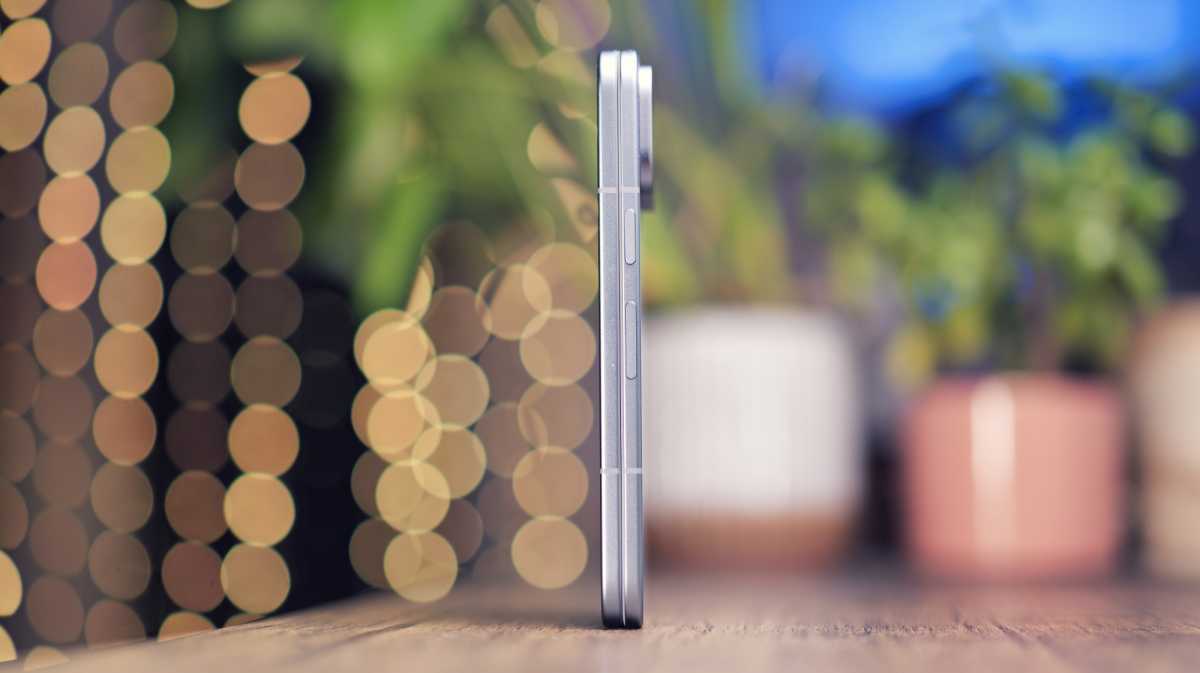
Luke Baker
Just like its non-folding siblings, the Fold has adopted MagSa… excuse me, Pixelsnap technology. This means, without needing to attach a case, you can use the phone with pretty much any Apple MagSafe, Qi2 or Pixelsnap-compatible accessory.
I’ve always been a fan of Apple’s MagSafe tech, and while Google can’t be awarded any points for originality, I’m happy that we finally have internal magnets in a folding phone. That said, I’ve been slapping third-party magnetic cases on my phones for years now, and they work great. So, it’s not really a step forward in utility, but it does mean you can use it without a case – if you’re brave enough.
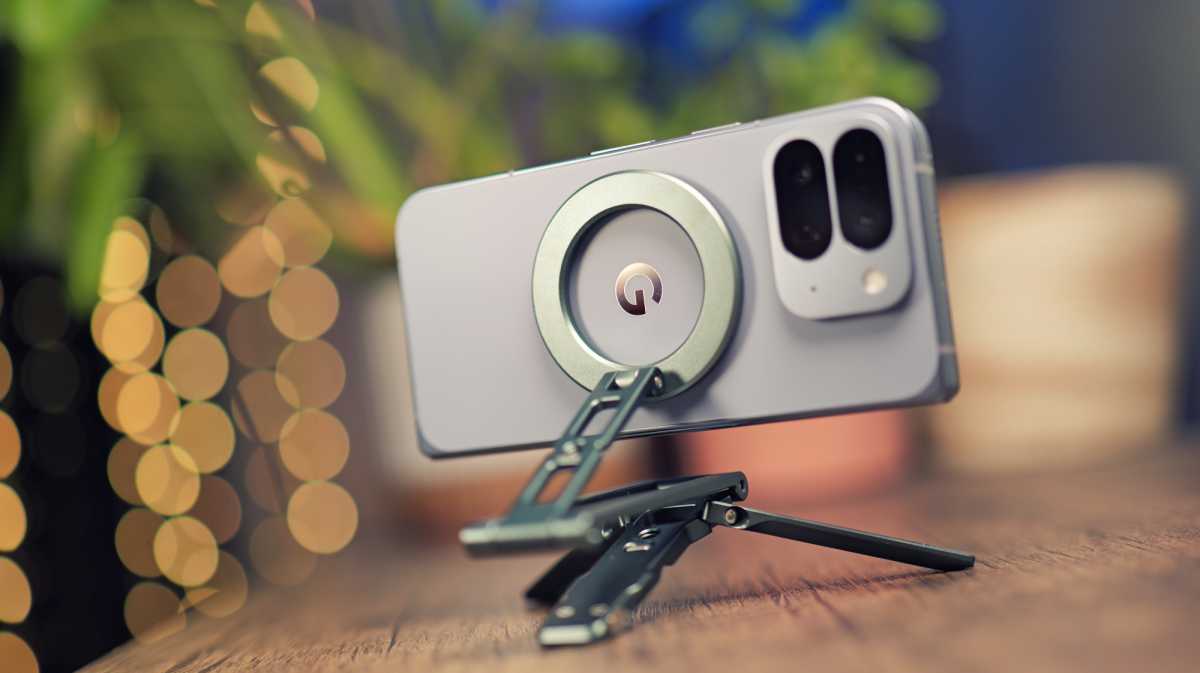
Luke Baker
On the topic of durability, Google has achieved another first. This is the first foldable phone to be awarded an IP68 rating for dust and water resistance. There’s plenty of water-resistant foldables on the market these days, but they’re all susceptible to dust to some degree. Supposedly, the Pixel will fare much better in the great outdoors.
This is the first foldable phone to be awarded an IP68 rating for dust and water resistance
When I tested the Pixel 9 Pro Fold, I was impressed with how sturdy and confidence-inspiring it felt, and it’s the same case here. The hinge was already great, but it’s been improved on this model, and it’s easily one of the best in the business.
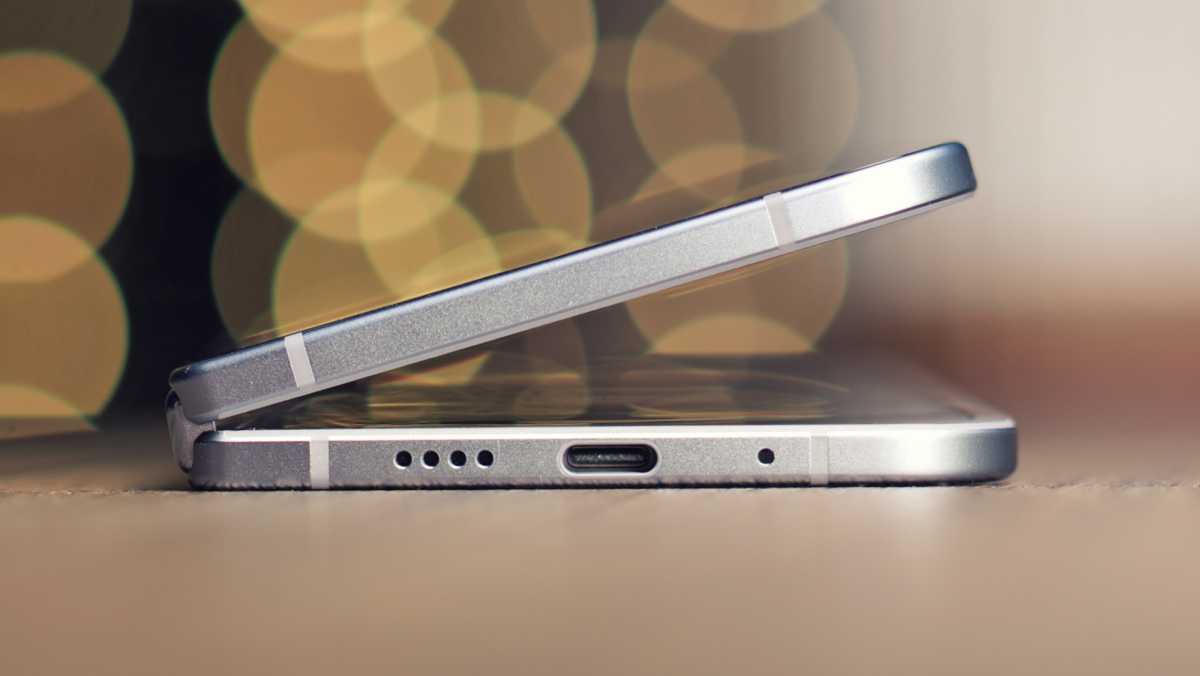
Luke Baker
The flip side of that is the Pixel 9 Pro Fold felt chunky and almost outdated compared to the competition. That has not been improved this year; conversely, it has only gotten worse.
Screen & Speakers
- Outer: 6.4-inch, 1080 x 2364, OLED, 120Hz
- Inner: 8-inch, 2076 x 2152, OLED, 120Hz
- Stereo speakers
Starting with the cover screen, the Pixel 10 Pro Fold has a slightly larger display, measuring 6.4 inches up from 6.3 inches. Unfortunately, I wasn’t able to see the two phones side by side, but I assume this was achieved by shrinking the bezels slightly.
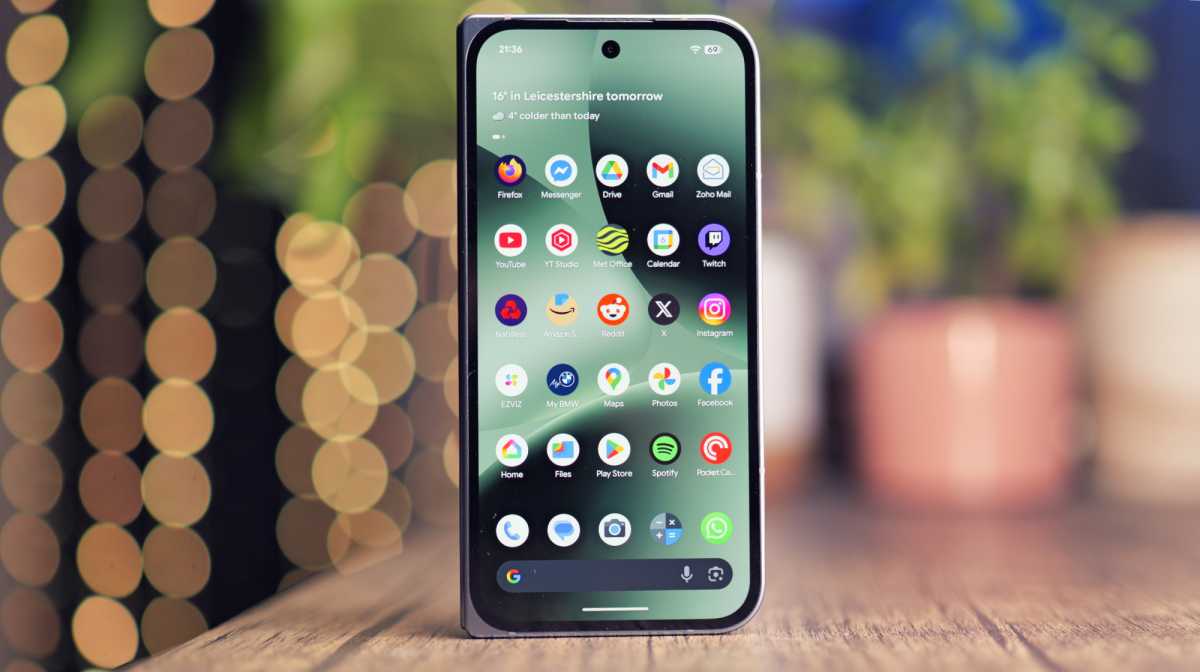
Luke Baker
Make no mistake, though, the bezels on the cover display are still the chunkiest of any flagship foldable. A part of me likes the way they look; it’s almost like a cartoon outline around the front of the phone, and it’s kind of charming. But slimmer bezels would certainly look and feel more modern.
On the inside, the folding display still measures 8 inches diagonally, which means it’s still one of the largest book-style folding screens around. Unfortunately, the crease doesn’t seem to have improved much, and it feels much more noticeable than Samsung and Honor’s latest efforts.
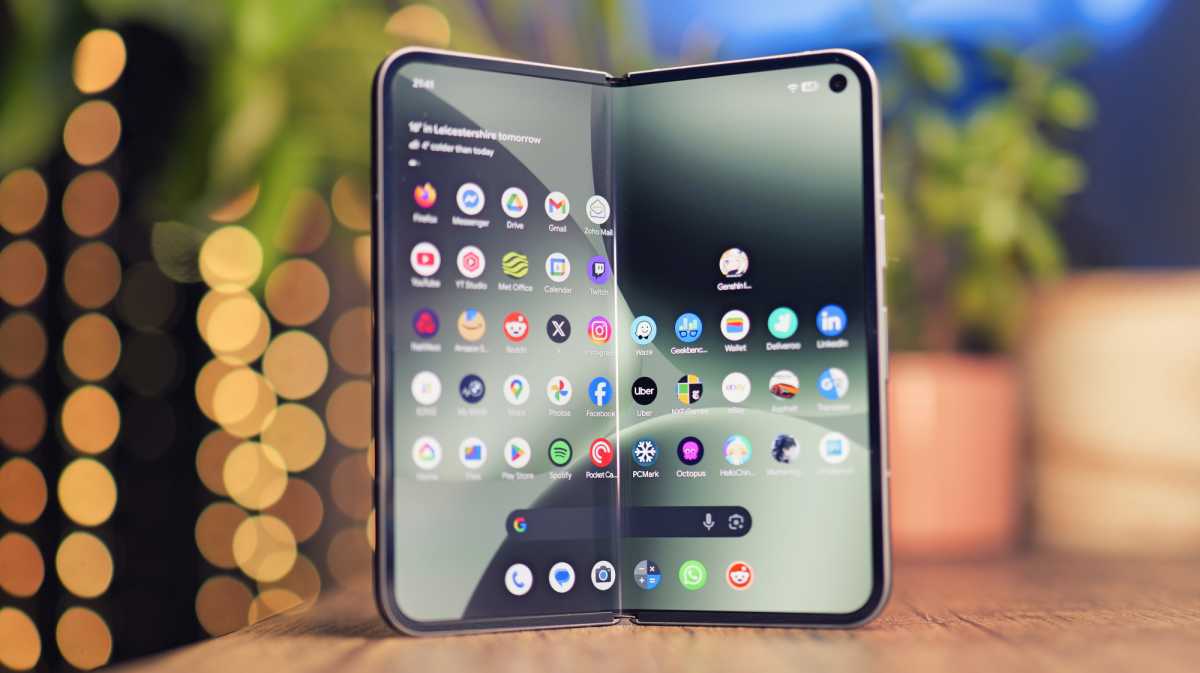
Luke Baker
The bezel is pretty chunky on the interior screen, too, but I don’t mind that so much. With a large screen like this, it’s quite nice to have somewhere to grasp without accidentally triggering touch controls.
The selfie camera cutout is located in the same place as last time, neatly tucked in the upper right-hand corner (or top-left, depending on your orientation). I love to see this, as it means the cutout doesn’t affect 16:9 full-screen content, no matter which way you hold the phone.
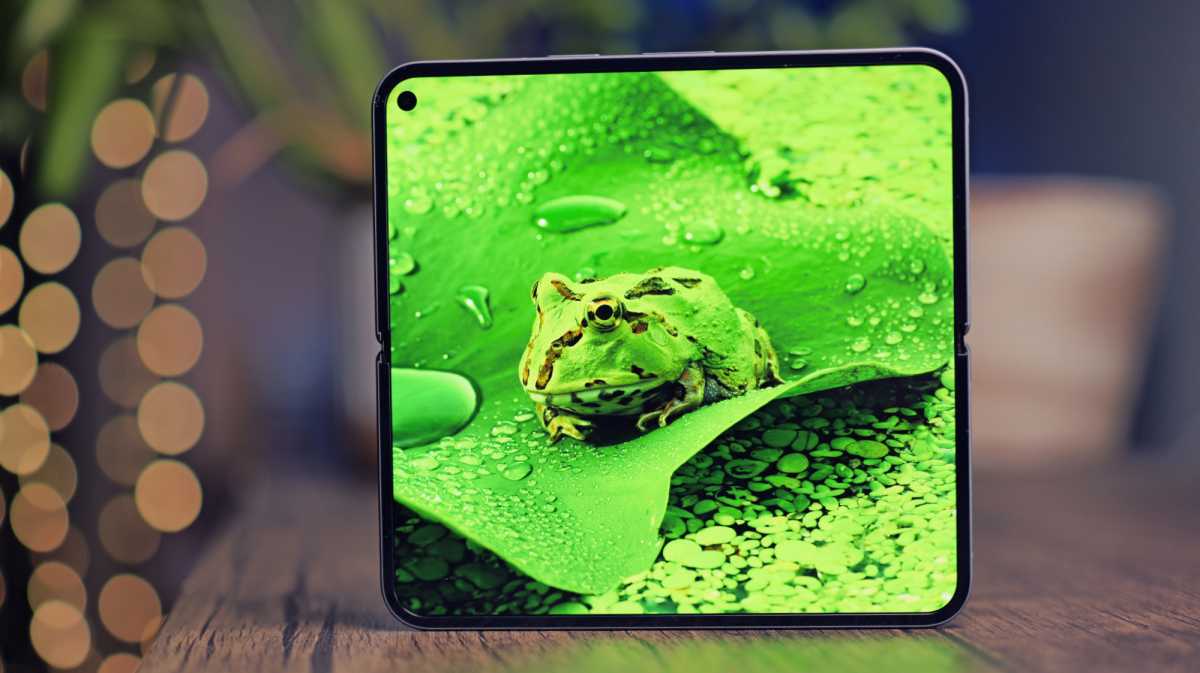
Luke Baker
The screens are both slightly brighter this time around, now able to reach 3000 nits at peak brightness, up from 2700 nits on the previous model. Honestly, I had no complaints about the brightness before, but extra lumens can only be a good thing.
The speakers, as far as I’m aware, are unchanged on this model. In terms of sound quality, I have no real complaints; they’re loud, detailed and have a decent amount of low-end response.
The positioning is still troublesome, though, as when I held the phone in landscape orientation, I was often muffling one of the speakers with my palm.
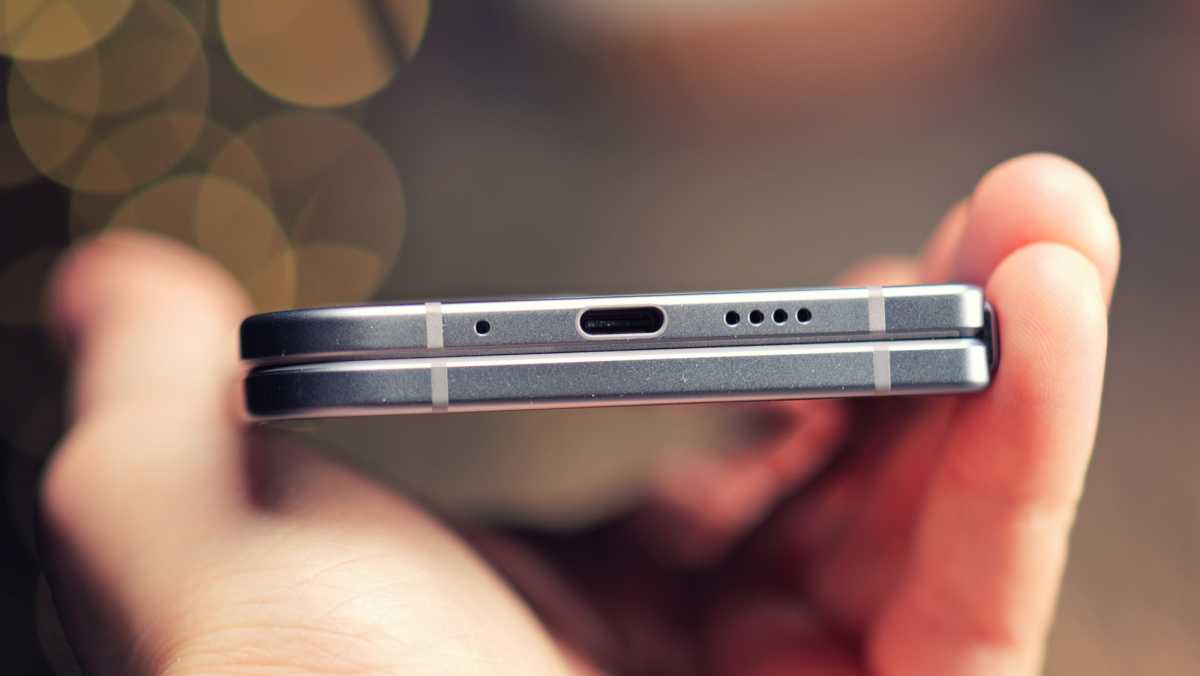
Luke Baker
Specs & Performance
- Google Tensor G5
- 16GB RAM
- 256GB / 512GB / 1TB storage
As expected, the Pixel 10 Pro Fold makes the jump to Google’s latest chip, the Tensor G5. It’s a 3nm chip, and Google says it’s around 34% faster on average than the last generation. When it comes to locally run AI, like Google’s Screenshots app and Recorder, the new chip is supposedly 2.6x faster and twice as efficient.
In both CPU and GPU performance, this chip is a noticeable step up
In our usual suite of benchmarks, the difference is plain to see. In both CPU and GPU performance, this chip is a noticeable step up. However, there’s still a sizable gap between this Tensor chip and the best from Qualcomm and MediaTek.
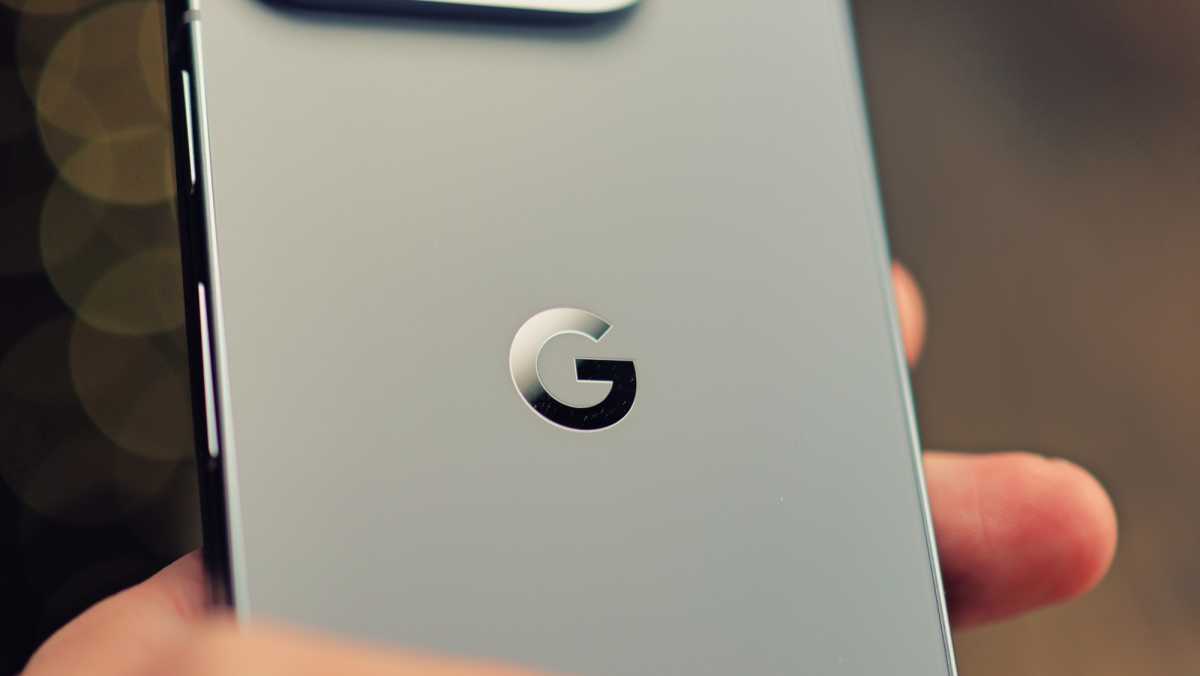
Luke Baker
In reality, most users won’t feel a difference between these flagship-class chips. They’re all super quick, and you’re very unlikely to see stuttering or notice slowdowns when you’re browsing social media, editing documents or using the cameras.
The ample 16GB of RAM means that this phone never struggles with multitasking, either, even with multiple apps on the screen at once.
It’s only those who play extremely demanding games or attempt to edit super-high-quality video footage that will see a marked difference. I played some Wuthering Waves with the settings maxed out at 60fps, and while the Pixel could run it, the frame rates were nowhere near as consistent as they are on 8 Elite-powered handsets.
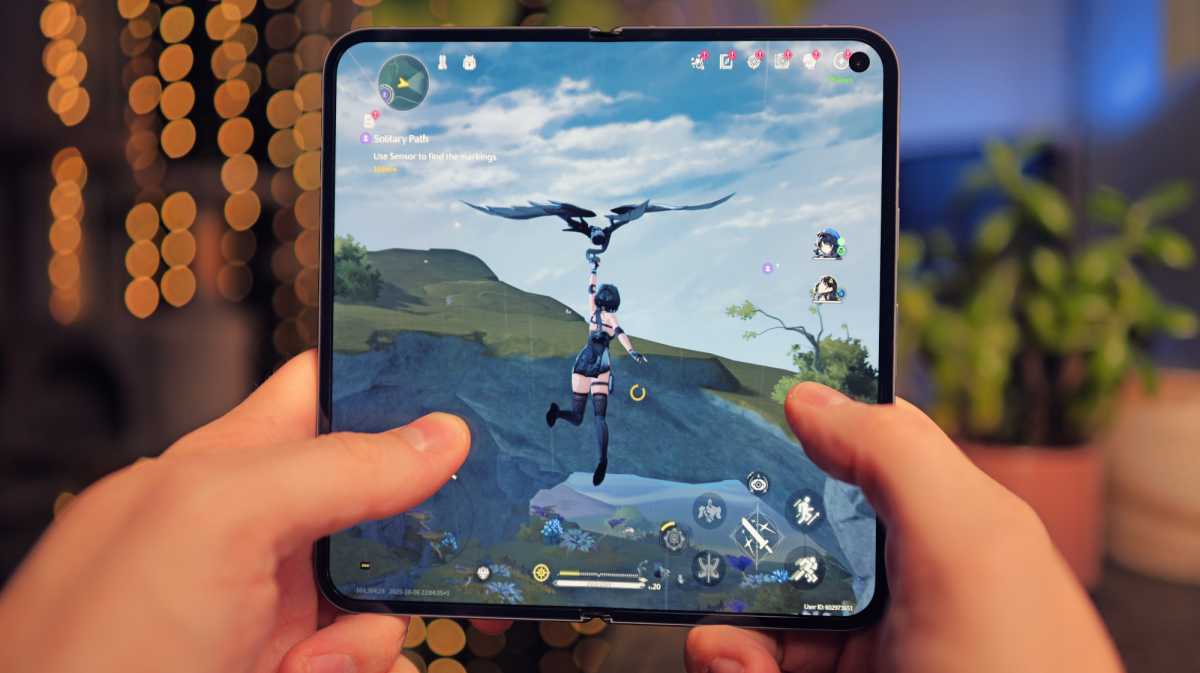
Luke Baker
It was still playable, but I could feel the phone struggling from time to time. It also got pretty hot, especially in the area just below the cameras on the rear panel. But flipping the phone around and holding it around the cover screen area meant that I could keep that heat away from my paws.
Of course, if you’re into less graphically demanding games, this phone will run them without issue. But hardcore gamers will have a better time with something Snapdragon-powered.
Google Pixel 10 Pro Fold
Cameras
- 48 Mp f/1.7 main camera
- 10.8 Mp f/3.1 5x telephoto
- 10.5 Mp, f/2.2 ultrawide
- Dual 10 Mp, f/2.2 selfie cameras
The camera hardware on the Pixel 10 Pro Fold is identical to the Pixel 9 Pro Fold, and with the exception of the selfie snappers, they match the original Pixel Fold, too. As a camera nerd, this was really disappointing to learn. The Pixel 9 Pro Fold cameras were far from the best in their class already, and while other brands are making strides, Google is resting on its laurels.
Sure, folding phone cameras rarely rival the best bar phones. But personally, I don’t think we should be seeing an array of camera sensors that mostly hover around the 10Mp mark on a phone that costs nearly two grand.
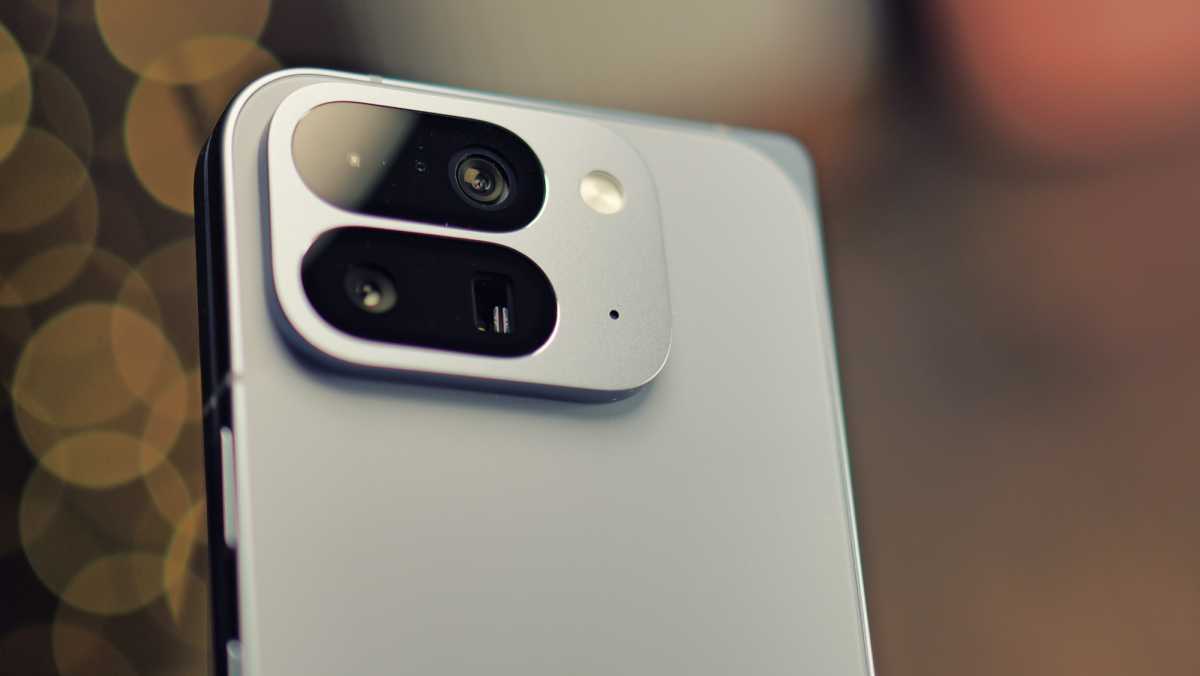
Luke Baker
That said, part of the Pixel allure can be attributed to the image processing and other software-enabled features, none of which is too reliant on hardware. And indeed, if you’re not too picky with your photos, the Pixel 10 Pro Fold is capable of taking some really nice shots.
if you’re not too picky with your photos, the Pixel 10 Pro Fold is capable of taking some really nice shots
The cameras do best in the daylight, and at night, you’ll want to stick to the main sensor as much as possible. The telephoto and ultrawide are very blur-prone, and heavy-handed denoising obliterates a lot of fine detail.
I really enjoy using the 5x telephoto, but having just tested the Xiaomi 15T Pro with its new 5x snapper, this one felt extremely limiting. It’s not great at close-ups, and there’s just not enough resolution to allow for longer-range zooms. The Xiaomi’s 50Mp telephotos allow for almost lossless 10x shots (thanks to pixel-binning), while 10x shots from this 10.8Mp unit look comparatively awful.
Portrait mode is oddly limiting, too. You can only use the main sensor, while most rivals let you use the telephoto, and for some reason, the phone forces you into a 1.5x or 2x crop. This seems like something that would be easy to address, so I’m not sure why Google is sticking to its guns.
The advantage of the Pixel camera system is all of its easy-to-use software features
The advantage of the Pixel camera system is all of its easy-to-use software features. In the camera app, you’ll find things like the Camera Coach, which can help guide you into taking a more aesthetically pleasing shot, and Auto Best Take, which merges multiple group photos to ensure everyone’s eyes are open.
There’s even an AI-powered image editing tool that lets you alter your images by typing in plain English, but it’s currently only available in the US. If it’s available to you, you can ask it to do things like “remove the reflections in the window” or “delete the stain on my shirt”.
As a photographer, these features don’t really appeal to me, but that’s ok. They’re designed to aid people who don’t know what words like aperture and composition mean, and in some instances, they could make all the difference.
Battery Life & Charging
- 5015 mAh battery
- 30W wired charging
- 15W wireless charging
The Pixel 10 Pro Fold has a 5015mAh battery, which is 365mAh larger than last year’s model, and significantly bigger than the 4400mAh cell in the Galaxy Z Fold 7. This larger capacity, combined with the efficiency gains of the newer Tensor G5 chip, should mean that this phone lasts a lot longer than the previous model.
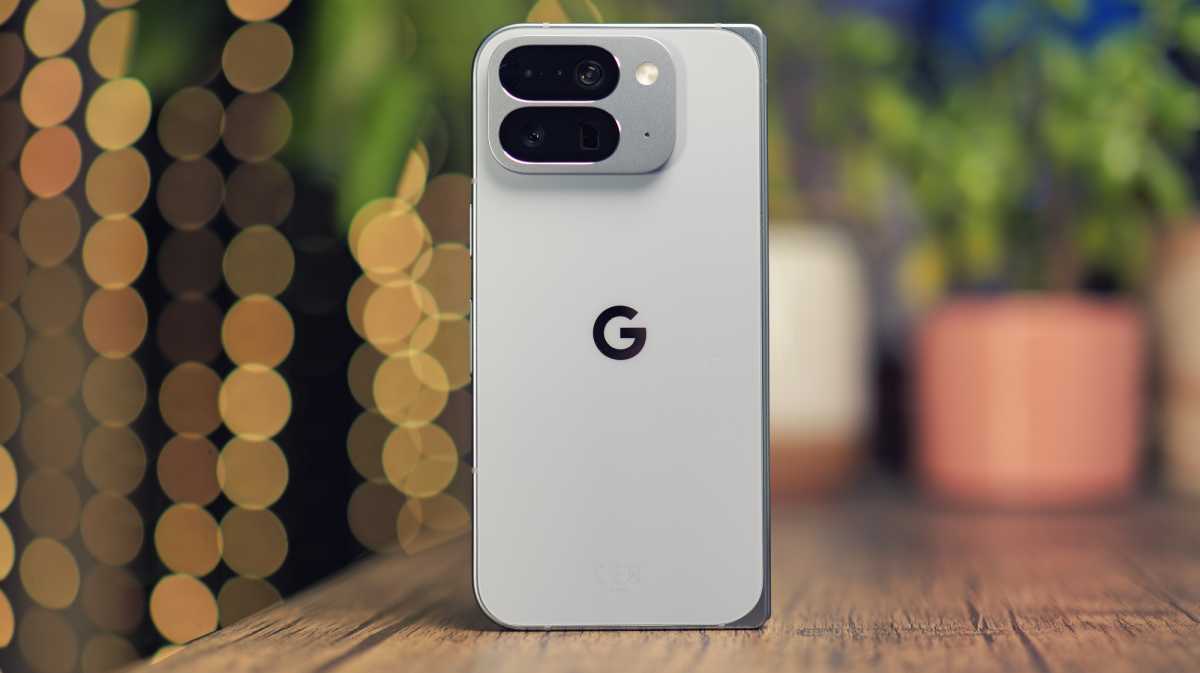
Luke Baker
In our usual PCMark battery test, the 10 Pro Fold survived for 13 hours and 1 minute, a very significant increase on the 9 Pro Fold’s score of just 9 hours and 18 minutes. However, it’s still shy of the Z Fold 6 (15:34).
The battery life is solid, and it could easily see me through an average day’s use
These benchmark scores reflect my real-world experience, too. The battery life is solid, and it could easily see me through an average day’s use, which had me flipping between both screens and using the camera a lot.
That said, it’s nothing too remarkable, and I found myself reaching for the charger more often than when I used the Z Fold 7 on a daily basis.
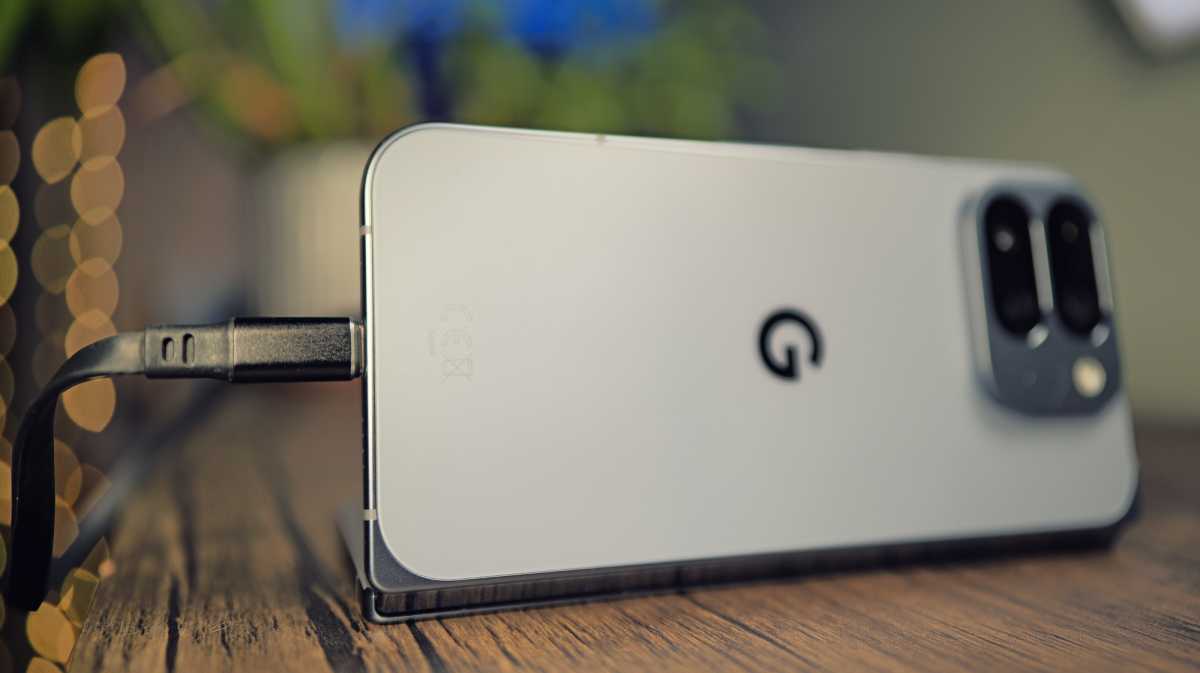
Luke Baker
When it comes to charging, the Pixel 10 Pro Fold can juice up at 30W with a wire or 15W wirelessly. It’s a solid improvement on the previous generation, which only supported 21W with a wire and 7.5W without.
As usual, there’s no charger in the box, just a cable. But with a suitably powerful wall adapter, you can charge from completely dead to over 50% in just half an hour. It’s not a bad showing at all, but it’s worth noting that the second 50% will take a lot longer than the first – a full charge took almost an hour and a half, by my count.
Software & Apps
- Android 16
- New AI features
- 7 years of software support
Software is a big selling point for Pixel phones, and indeed, if you want that vanilla Android experience, this is the only foldable that delivers the goods.
Foldable devices from the likes of Samsung, Honor and Oppo all use heavily customised versions of Android that change the fundamentals. Google is the only one to bring the Pixel experience to a larger format.
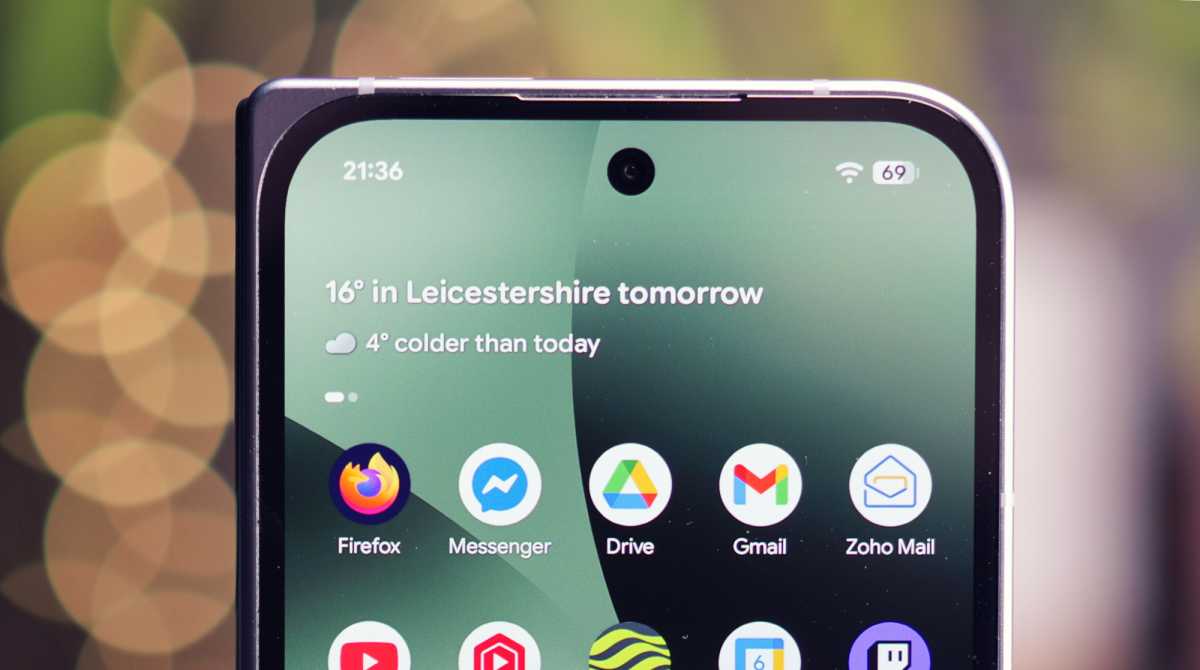
Luke Baker
As you might expect, all of the new features that debuted with the Pixel 10 series are available for the Fold, too. This means you get Material 3 Expressive customisation, loads of new Gemini functionality, including video generation with Veo 3, and Magic Cue, which uses AI to pull data from all of your Google applications. There’s also 7 years of software support and security updates, just like the rest of the lineup.
As you might expect, all of the new features that debuted with the Pixel 10 series are available for the Fold, too
If you want to know more about all of those features, it’s worth having a read of our Pixel 10, 10 Pro and 10 Pro XL reviews. To avoid retreading the same ground, I’ll just be focusing on the Fold-exclusive features in this review. In short, though, there’s a lot of AI features here, and some of them are super handy. You also get a year of Google AI Pro subscription included, so you can access all the latest features as soon as they become available.
Opting for the Fold gets you a new Instant View feature in the camera app. This lets you use one side of the large inner screen to view your photos immediately as you’re taking them. I found this more useful than I anticipated, as it means you can quickly check if a shot was blurry or framed correctly before taking another.
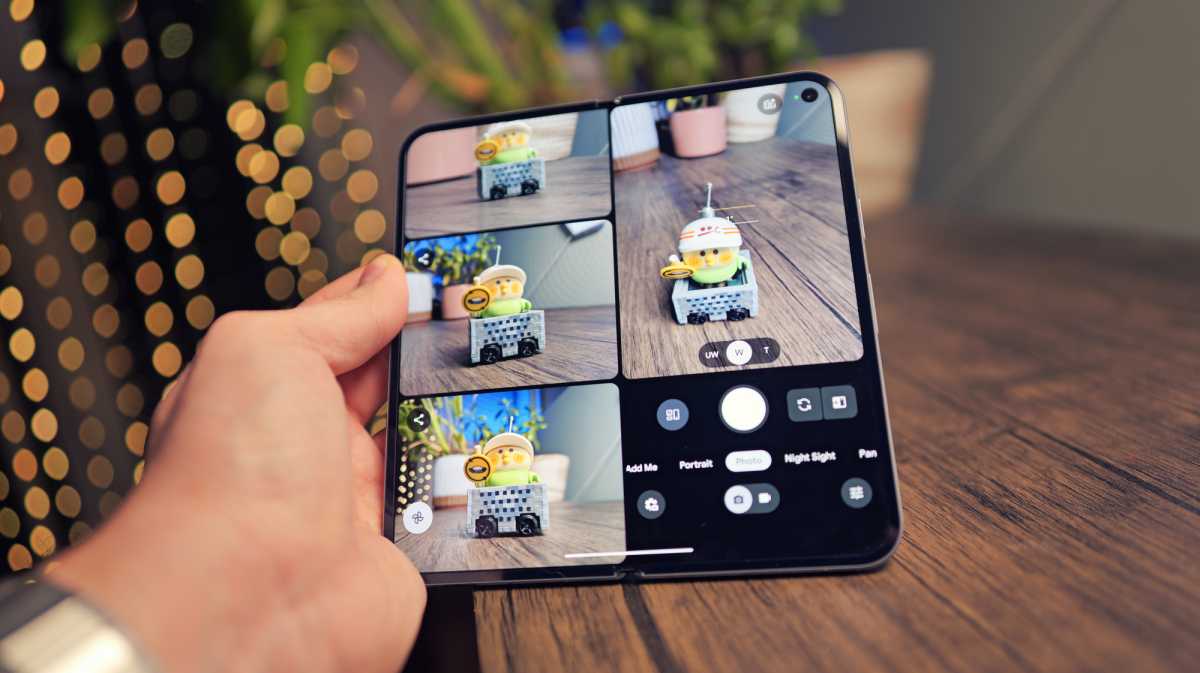
Luke Baker
You also get Made You Look, which debuted on the 9 Pro Fold, but it has been expanded to include more animations. Basically, it displays colourful cartoon animations on the outer screen to grab the attention of children (or maybe even pets) and uses AI to detect when the subject is smiling, which will make the animated characters react.
It works shockingly well, kids can’t keep their eyes off these animations, and that makes it really easy to capture some lovely photos. The downside, though, is that it uses the cover screen selfie camera to take these photos, rather than the main rear camera. So, the quality is decent, but it could be better, and it’s not the best in dim lighting.
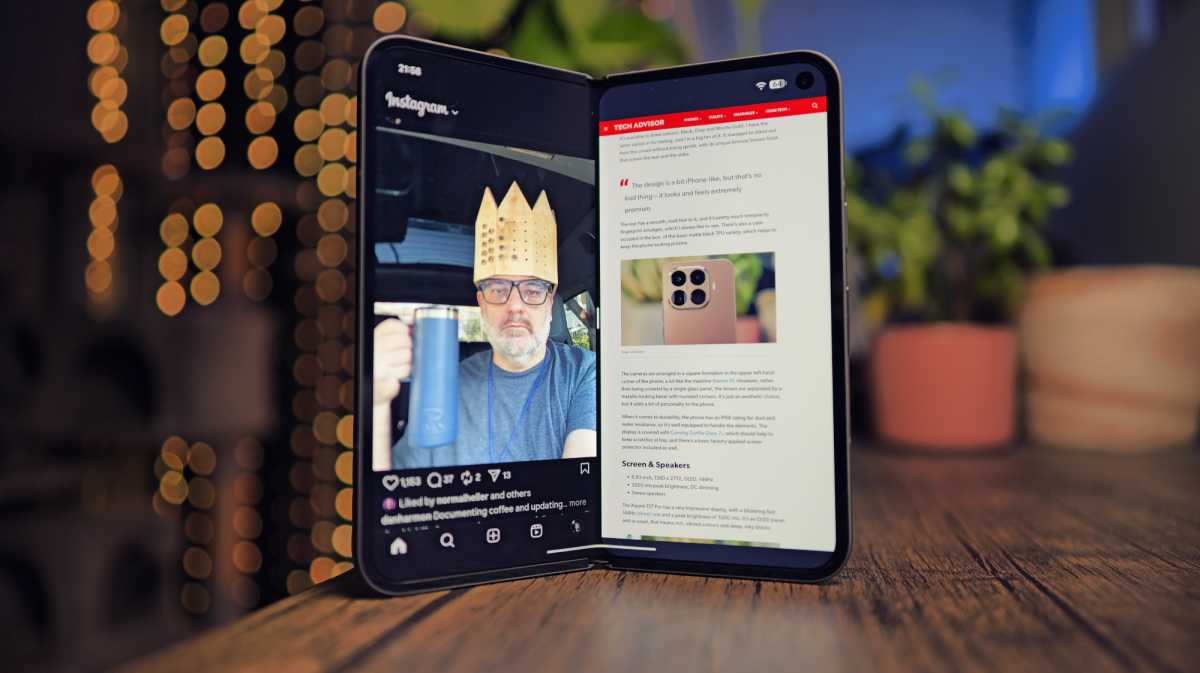
Luke Baker
Of course, you also get split-screen multitasking and the ability to drag and drop files and images between two apps, which really helps make the most of the larger display. Google’s implementation still feels a little basic compared to the competition, but it’s fairly intuitive and does enough to satisfy most people’s needs.
There are a couple of quirky new game integrations that take advantage of the folding hardware
Finally, there are a couple of quirky new game integrations that take advantage of the folding hardware. If you play either Asphalt Legends or Disney Speedstorm, you can enable a new split-view mode and a dual-screen mode.
Essentially, this splits the gameplay along the hinge. So your racing action is at the top, while the mini map and controls are separated to the lower portion of the display. In addition, it adds extra controls to the cover display, which can be tapped on the back like the triggers of a game controller.
It’s a clever idea, and I hope we see other developers taking advantage of the hardware like this, but it’s not the most practical implementation in its current state. Who knows, maybe this is the start of a whole wave of foldable-optimised titles, but I wouldn’t hold your breath.
Another key selling point of the 10 Pro Fold is software updates. Google will support it for a total of seven years and, as a Pixel, it’ll be among the first in line for any new major versions of Android. Pixel devices offer the most seamless software experience you’ll find on any Android phone.
Price & Availability
The Pixel 10 Pro Fold starts at £1749/$1799 with 256GB storage, just like its predecessor. Meanwhile, the 512GB version will set you back £1869/$1919, and the 1TB model costs £2099/$2149. All variants come with 16GB of RAM.
The Pixel 10 Pro Fold arrived later than the rest of the Pixel 10 lineup, but it’s now shipping in most regions globally. You can pick it up via Google’s official store, a third-party retailer like Amazon or on contract through most major providers.
It’s a pricey phone, but that comes with the foldable territory. The base model is slightly cheaper than the equivalent Samsung Galaxy Z Fold 7, but it’s a little more expensive than the Honor Magic V5. It’s also worth noting that you get more storage with the Honor, as it’s only available in 512GB.
See more options in our full guide to the best foldable phones.
Should you buy the Google Pixel 10 Pro Fold?
The Pixel 10 Pro Fold leaves me with mixed feelings. I’ve very much enjoyed using it, and I particularly like how solid and durable it feels. It also has some unique benefits that you won’t find with any other foldable, such as IP68 dust and water resistance and built-in magnets.
The main problem is the competition. The Galaxy Z Fold 7 trumps this phone in just about every conceivable way. It’s much slimmer and lighter, the crease is less noticeable, it’s more powerful, and the cameras are a lot more impressive, too.
This phone, with its chunky design, thick bezels and outdated cameras, just doesn’t really do enough to compete. If you love Google’s first-party features and UI, and you’re very concerned about dust resistance, maybe this model could sway you. Personally, though, I’d pick the Samsung every time.
Specs
- Android 16
- Outer: 6.4-inch, 1080 x 2364, OLED, 120Hz
- Inner: 8-inch, 2076 x 2152, OLED, 120Hz
- Power-button fingerprint sensor
- Tensor G5
- 16GB RAM
- 256GB / 512GB / 1TB storage
- Cameras:
- 58Mp main sensor
- 10.5Mp ultrawide
- 10.8Mp 5x telephotoo
- Dual 10Mp selfie camera
- Up to 4K @ 60fps rear video
- Stereo speakers
- Dual-SIM + eSIM
- Wi-Fi 802.11 a/b/g/n/ac/6e/7
- Bluetooth 6.0
- 5015mAh battery
- 30W wired charging
- 15W wireless charging
- 155.2 x 76.3 x 10.8 mm (folded)
- IP68 certified
- 258g
- Colours: Moonstone, Jade

